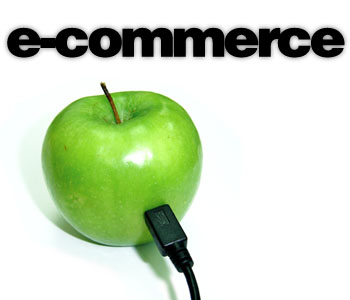
Article Contributed by Tami Stodghill
It’s pretty much been established that blogging is important in network marketing. To quote a popular Business Week article: “Blogs Will Change Your Business—Look past the yakkers, hobbyists, and political mobs. Your customers and rivals are figuring blogs out. Our advice: Catch up…or catch you later”. Blogs offer an abundance of information from an even bigger variety of sources. They are generally—if done well—honest and provide insights that are tougher to absorb sometimes through news articles and news reporting. The right blog can answer questions you may have in regard to any number of topics related to your business. Subscribing to blogs you find informative is a must. I do. I have perused the internet for bloggers who seem to speak to me and offer another view of things that I hadn’t thought about. And we should never stop learning or being open to receiving new information.
When I was previously in the work force putting in my 8-5 hours, blogging was part of my responsibility as a Press Relations specialist. It was also part of my freelance writing career. I was able to write about software in a way that offered easy reading and a view from a “real-world” user of that software. And now that I own my own business, I approach it from the same way. I write what I know was important for me in my learning how to be successful in my business and I want to offer it to others in the way I perceived it. I write every entry hoping what I write will change someone’s life and help them to better understand what it takes to be their own boss. I take the attitude that if I can help even one person change the level of their success, then I’ll know I’ve contributed.
I get contacted by people who ask me things such as “what do I blog about?”, or “what do I say?”, or “what if no one thinks I’m interesting?”. And overthinking and analyzing what you want to say in your blog can actually detract from its effectiveness. If you sit down and expand on one thing that happened to you, or that you learned from, you will, most certainly, have appropriate blog content. That said, however, you should also put it out there in a way that is readable, understandable and appropriate. Thus, the importance of writing skills…
No one is a perfect writer. And writing styles vary person to person. That’s why one person likes Nora Roberts and the other lives for Stephen King novels. And comments, if you receive them, should be received with the attitude that you value the input and will grow and learn from that input. The more you write, the better you will become at it. And there are many people whose blogs I read even a year ago, that I revisit now and am taken aback at how inspirational their content has become. The best writing, to me, is done in a conversational style. If you can say what you want to say the way you would to a friend through your writing, you will reach people.
Ideally, your blog subscribers or readers should feel you there talking to them, and welcome the content as offering a value in it’s information. It should also be simple and follow a clear train of thought. No matter what you are covering, it should be read, and reread before you put it out there as your own.
Sometimes, I will write a blog and read it the next morning and decide the best place for it is in a file. It wasn’t what I wanted representing me and it didn’t offer content that I would have read myself. That’s the true test. Ask yourself, “Do people really need this information?” And if they do, are you including content that is actually supporting the point you are trying to make? Is it guiding your subscribers and readers to the conclusion you want them to come to? When you read it, if it sounds redundant, edit your work. Keep what you need to make your point, and do away with fluff or unnecessary content.
I started a habit a long time ago of keeping a small pad and pen with me wherever I go. If I’m out and about and think of something that changed the course of my day, or try something that I experience success with, I jot down a few words to remind me about that thought. At any given time, I may have 10 topics that are pending as possible topics for my blog. Some may never be used. Others, I can’t wait to write about and they are crossed off the next day. It’s a great habit to get in and will provide you with content to expand on. Even things people say to you or something you read in a book can be a spur for a great blog idea.
The important thing is to get started. Once you do, you will find it comes easier with each entry. Worst case, you find out you need to improve your writing skills and utilize a grammar/spelling checker to help you out initially. Best case, you may discover that you have a hidden talent and actually might have fun doing it.
About the Author
Tami Stodghill was the Press-Relations manager, for a world-wide extensible-technology distributor based in London and the US for 20 years. She was also a freelance writer for several industry publications and is now a home-based business owner with WMI. She makes her home in Page-Lake Powell, Arizona, in the summers and Palm Harbor, Florida in the winters where she enjoys boating and reading, camping, hiking and meeting new people. She runs a blog site exclusively to offer tips for success for any small or home-based business.


